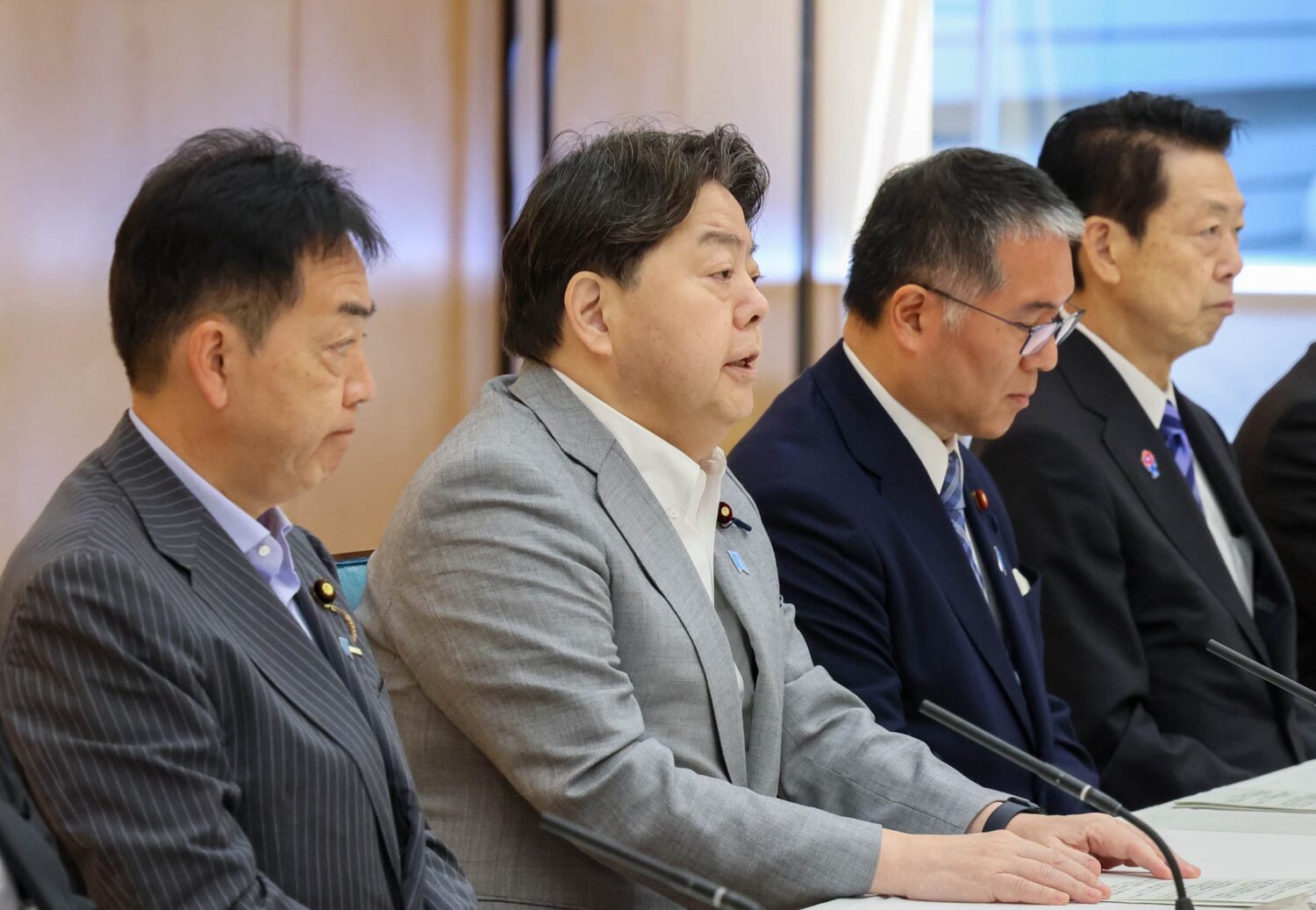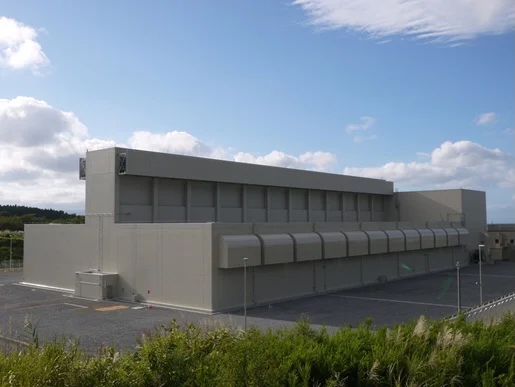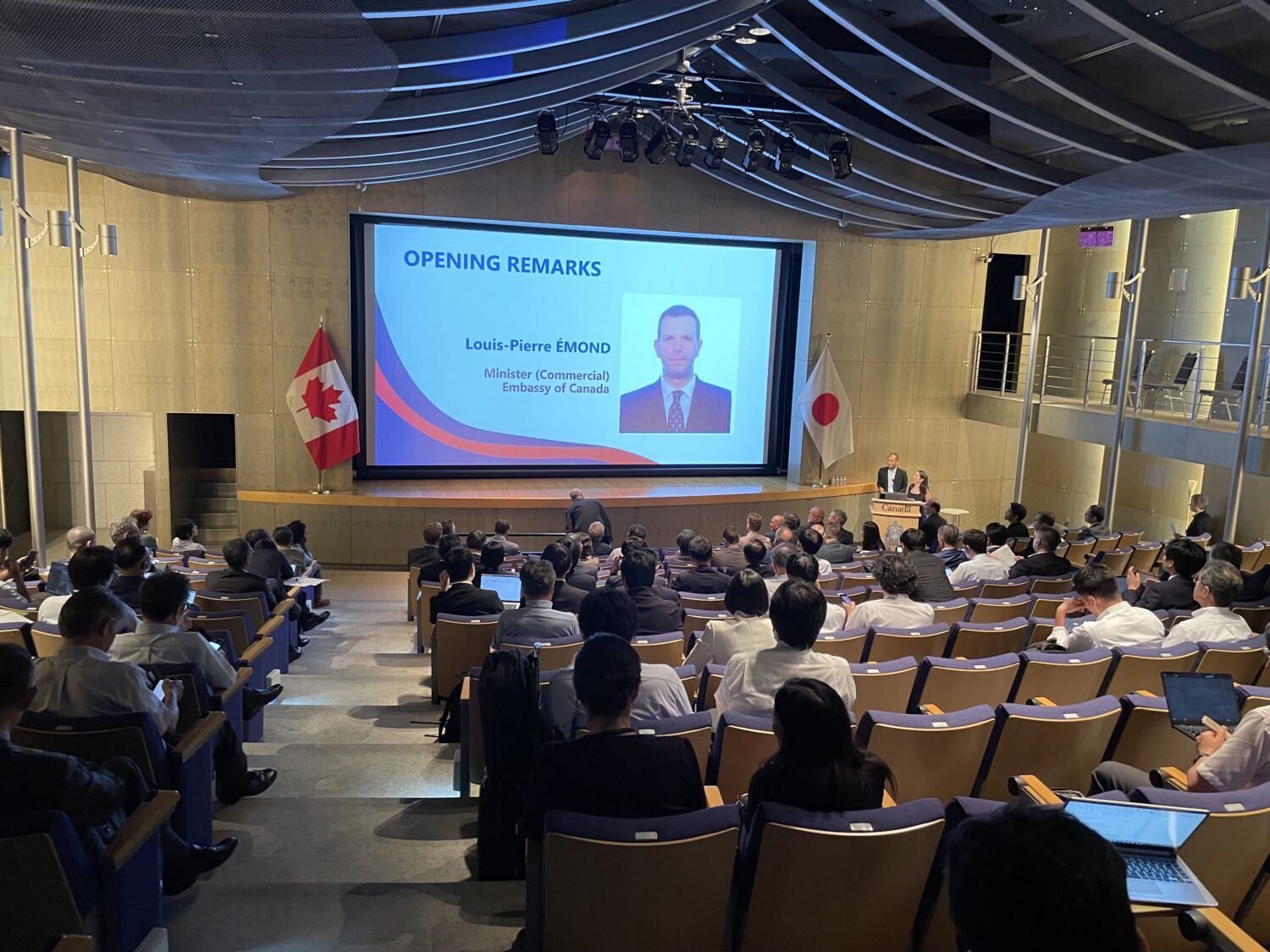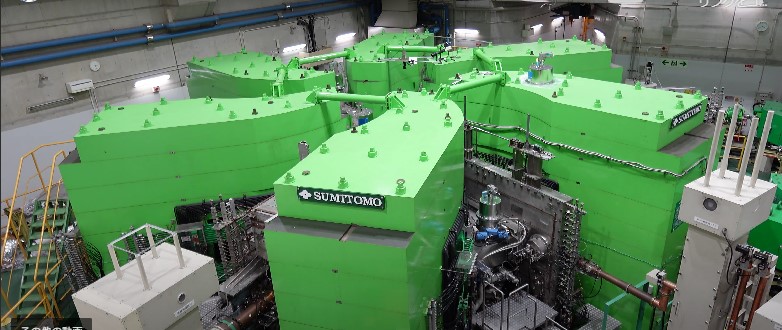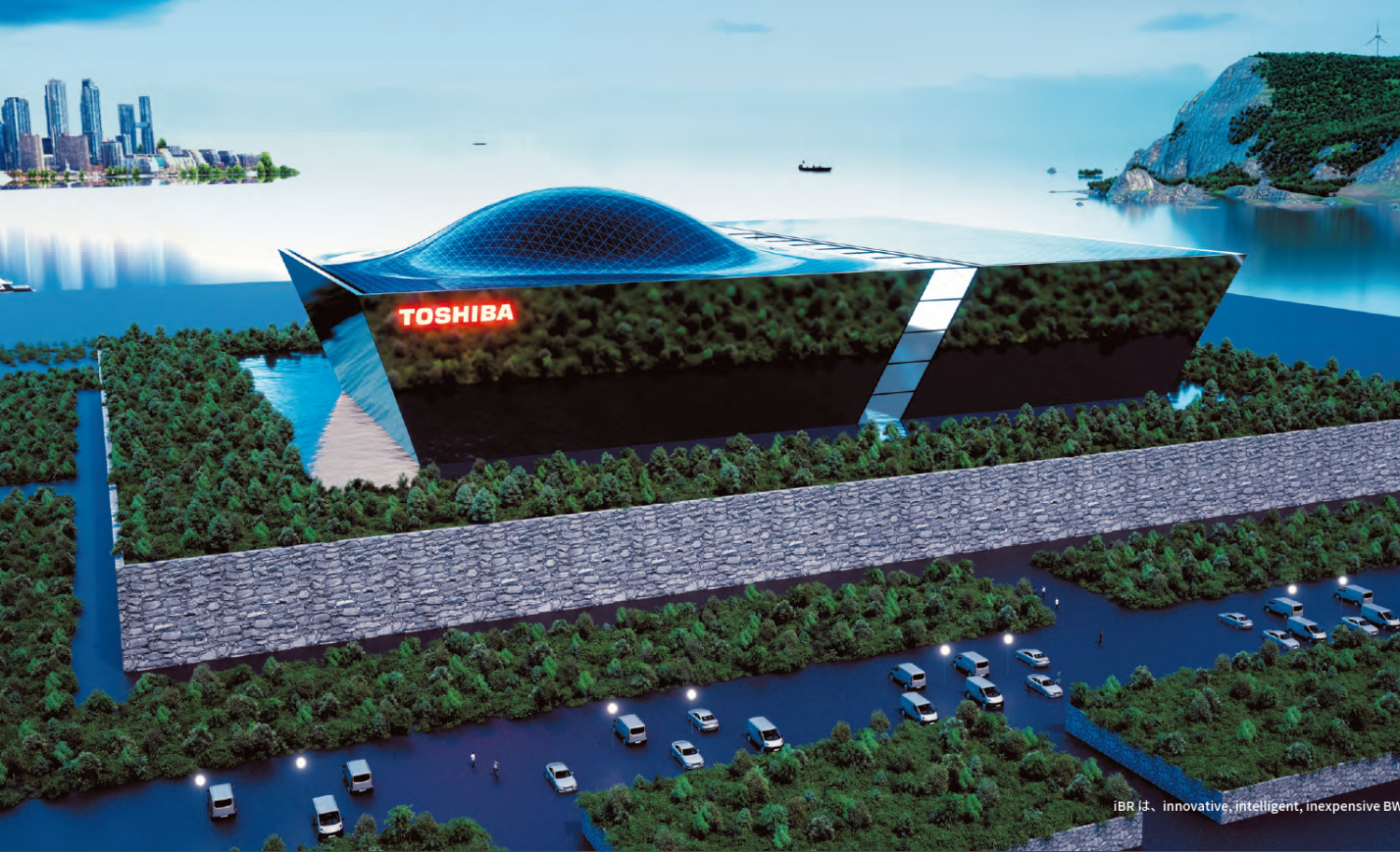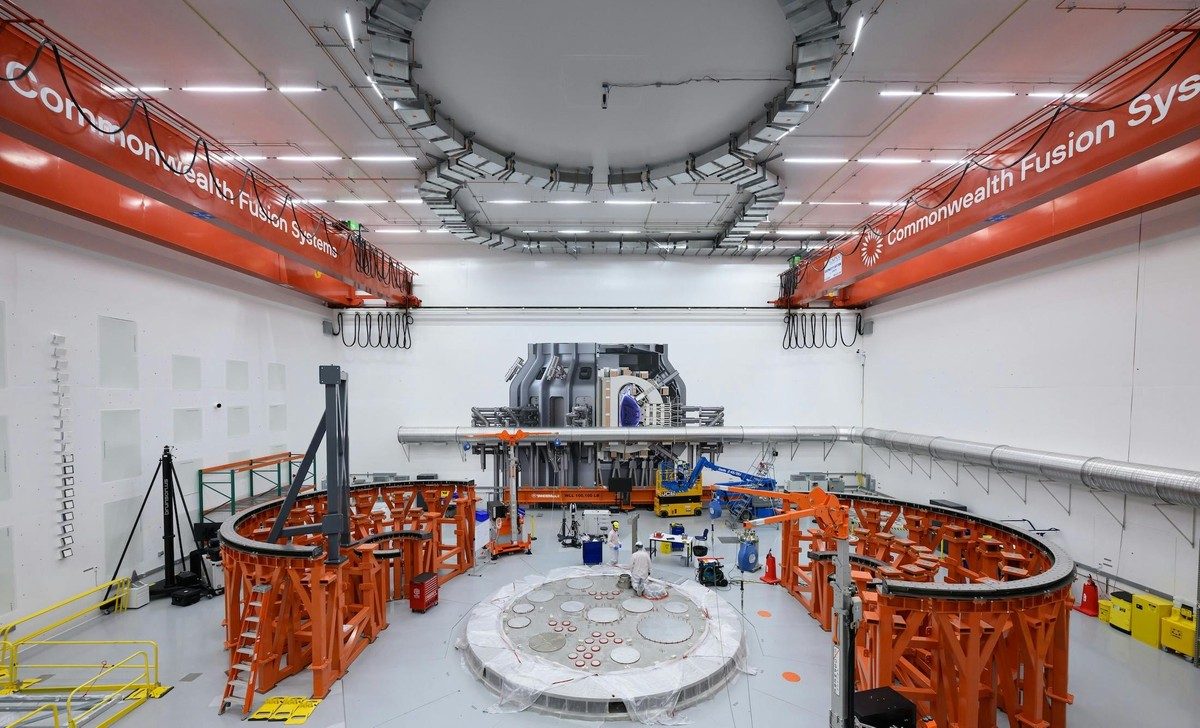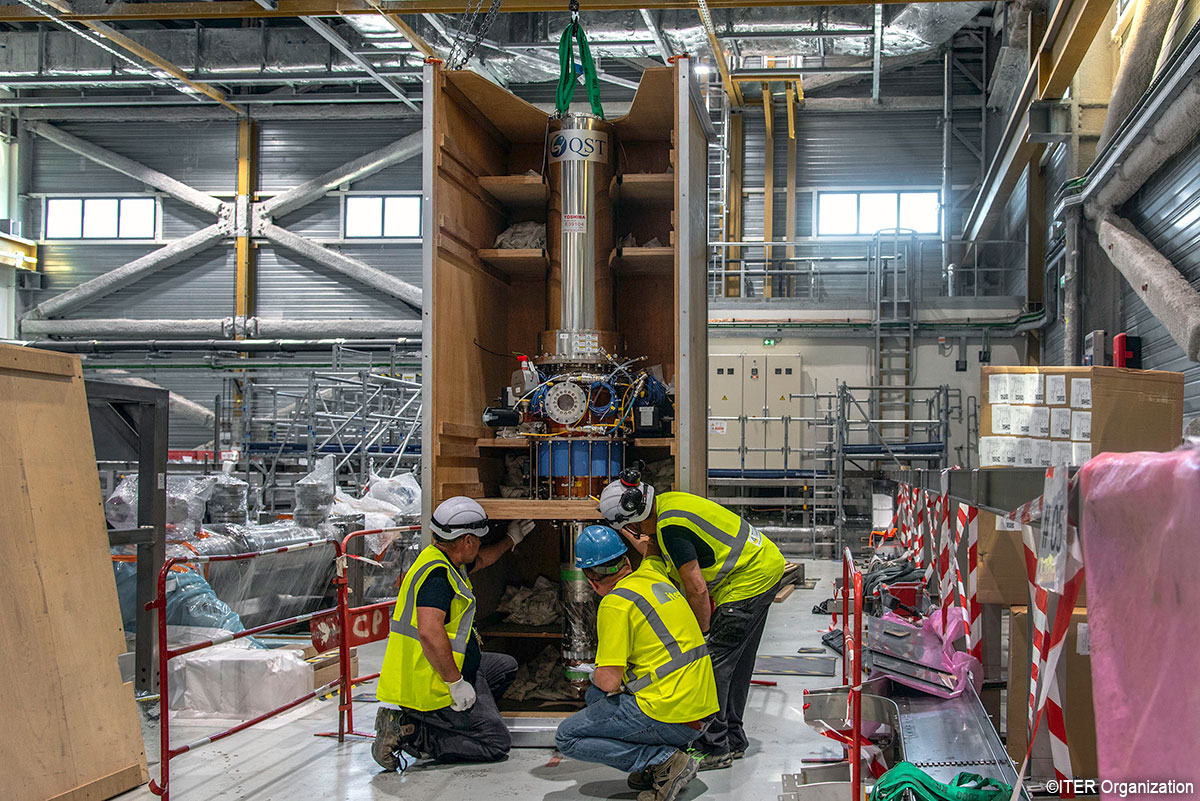In his opening address that launched the conference, IAEA Director General R. M. GROSSI said that “nothing is impossible” despite the current challenges the world faces. Showing his organization’s determination, he said that “the role and the mission of the IAEA are indispensable. And yes, we are at a time of unprecedented tensions and uncertainties, but that should not make us forget the absolute importance of our work here.”
He then emphasized the broad range of roles played by the IAEA, which he said prevents “the erosion of the nonproliferation of nuclear weapons regime that has underpinned peace and security conditions in the world. It is also to make sure that nuclear safety and security prevail during times of war, and to ensure that through the efficient application of science and technology, we can diminish poverty and difficulties around the world.”
DG Grossi also said that the climate crisis was one of the most important challenges now faced by the world.
Noting that roughly a quarter of the clean energy being produced right now comes from nuclear power, Grossi said, “At the 28th United Nations Climate Change Conference (COP28) in Dubai, there was a global consensus among all the members present that nuclear energy should be accelerated.” As for COP29, to be held this November in Azerbaijan, he noted that “we expect to continue this very important effort.”
On the first day of the conference, the IAEA released its report entitled “Energy, Electricity and Nuclear Power Estimates for the Period up to 2050.” In the high-case scenario, the report projects that global nuclear capacity in 2050 will increase 2.5 times from the current level, or 1.4 times in the low-case scenario. This has been the fourth straight year that the IAEA has revised its 2050 projections of nuclear-generating capacity upward.
Grossi then said in his opening address that an IAEA specialist team, currently stationed at the Zaporizhzhia Nuclear Power Plants (NPPs) in Ukraine, was continuing its activities and that it had recently visited the Kursk NPPs in Russia. He reiterated that NPPs “must never be attacked, wherever they are, no matter the situation.”
On the first day, the conference continued with addresses delivered by individual country delegates, including one by UESAKA Mitsuru, chairperson of the Japan Atomic Energy Commission (JAEC). In his address, he first mentioned the importance of the IAEA in various global situations and in advancing science and technology, then declared Japan’s adherence to the peaceful use of nuclear energy and the 3S (nuclear safety, security and safeguards), as well as its determination to pursue regional nonproliferation issues.
In his address, Uesaka went on to explain Japan’s activities toward restarting its NPPs and extending NPP operating lifetimes, both actions which are taking place with the top priority on safety. He also talked about the country’s R&D efforts in the area of next-generation advanced technology, and its strengthening of supply chains through international cooperation.
Given the applications and potential of nuclear technology in a broad range of areas, including medicine, agriculture and the environment, Uesaka then talked about his strong support of such IAEA initiatives as “Rays of Hope” (cancer treatments using radiation) and “Atoms4Food” (nuclear technology applied to achieve food security). He also said that Japan was committed to the domestic production of medical radioisotopes, and to activities to swiftly realize nuclear fusion as the next-generation energy.
Uesaka went on to point out that the knowledge and information acquired from the experience of the March 2011 accident at Fukushima Daiichi, as well as from the site’s decommissioning, are being shared with the public and the international community, including neighboring countries.
He then emphasized how the safety of offshore release of water from the decommissioned reactors at the site—treated by the Advanced Liquid Processing System (ALPS)—has been backed up by the monitoring and reviews of IAEA experts. The water from the site is being fully purified of radioactive substances other than tritium, after which it is further diluted with seawater before it its release into the sea. The result is that there have been no deleterious effects, neither on people nor on the environment. Uesaka repeatedly stressed throughout his talk that it was not appropriate to refer to the treated water as “contaminated water.”
As for the current status of the Fukushima Daiichi decommissioning, Uesaka explained the ongoing shift to a new phase in the work, which includes the most difficult task of removing the fuel debris.
To ensure the highest level of nuclear security in general, he then referred to activities to minimize stockpiles of nuclear substances that could pose potential threats to the global community, and to projects to develop global human resources that are essential to realizing the aforementioned 3S.
Japan continues to support activities to strengthen and improve the efficiency of the IAEA’s safeguards, which are the key to nuclear nonproliferation. He added that Japan would strengthen its relationships with concerned domestic and overseas parties, and provide transparent explanations to the international community.
Concerning nuclear nonproliferation, Uesaka said that Japan was especially focused on issues related to North Korea and Iran. As for North Korea in particular, he said that Japan had urged that country to abandon all its nuclear weapons in an absolute, verifiable, irreversible manner. Japan has also reiterated the importance of all member states fully enforcing all relevant United Nations Security Council Resolutions (UNSCR).
At the end of his address, Uesaka said that Japan strongly supported the securing of nuclear safety and security in Ukraine. Expressing gratitude for the IAEA’s dedicated efforts in a severe international environment, he declared that Japan would continue its support to the maximum extent.
As usual, exhibitions are being staged this year in association with the IAEA General Conference. The Japanese booth this time—themed “Japan’s Advanced Nuclear Technology”—introduced such topics as the country’s nuclear policy toward achieving Green Transformation (GX), high-temperature gas-cooled reactors (HTGRs) and the fast reactor cycle, and the development of advanced light water reactors (ALWRs).
On the first day of the IAEA General Conference (i.e., September 16), JAEC’s Uesaka, representing Japan, visited the booth for an opening ceremony. In his greeting there, he said that innovation was required in the development of nuclear energy so as to cope with a changing energy situation, including the need for decarbonization.
He also referred to the Forum for Nuclear Cooperation in Asia (FNCA)—which recently marked its 25th anniversary—and stressed how nuclear energy, apart from nuclear power generation, also contributes to society through broad applications of radiation.
Following Uesaka’s remarks, President MASUI Hideki of the Japan Atomic Industrial Forum (JAIF) led the people gathered at the Japanese booth in a toast. Those and later visitors to the booth were offered Japanese sake produced in the Hama-Dori region of Fukushima Prefecture.




